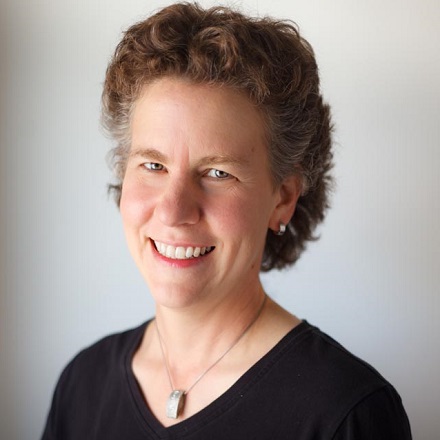
In the News
Experts Weigh in on Chemicals in Bay Area Drinking Water
- San Francisco Chronicle
-
Focus Areas
Environmental Health -
Expertise
Research – Quantitative

“The U.S. Environmental Protection Agency last month proposed the first federal limits on PFAS — manmade “forever chemicals” linked to cancer, organ damage and other health issues — in the nation’s drinking water.
The proposed regulation, which is not final, would require water systems to reduce levels of six of the most studied types of PFAS to the lowest levels that can be reliably measured with testing.
There are about 12,000 kinds of PFAS (per- and polyfluoroalkyl substances) chemicals, which in consumer products are probably best known for their use in nonstick cookware, Gore-Tex outerwear and stain-resistant carpets and rugs. The two most-studied PFAS — PFOA and PFOS — are no longer allowed in products in the United States. But because the chemicals are resistant to breaking down, they linger in the environment.
California has cracked down in recent years on PFAS in many consumer goods like carpets, toys and makeup, but drinking water is of particular importance because consuming PFAS by mouth may be more harmful than touching by skin through clothing, for instance. One 2020 study found that more than 200 million Americans are likely exposed to some PFAS in drinking water.
Exposure to PFAS has been linked to cancer, liver toxicity, kidney and thyroid damage, elevated cholesterol and high blood pressure during pregnancy, and can hinder the immune system’s ability to produce antibodies.
The Bay Area’s drinking water generally has low levels of PFAS because large water systems in the region get most of their drinking water from pristine sources in the Sierra or local reservoirs in regional parks, according to researchers who study toxic chemicals in drinking water. The city of San Francisco, for instance, gets most of its water from Hetch Hetchy, a reservoir north of Yosemite Valley.
Additionally, the Bay Area doesn’t have many places that are suspected to have higher levels of PFAS contamination, such as military bases or areas that served as training grounds for fire departments where firefighting foam containing PFAS seeped into groundwater, said Gina Solomon, a researcher at the Public Health Institute who studies drinking water contaminants.
And the Bay Area’s airports, another type of land where PFAS contamination tends to be higher, are not near bodies of water that serve as drinking water sources, she said.
In 2021, Solomon and her colleagues analyzed tap water in four regions in California — the Bay Area, Central Valley, Los Angeles and Gold Country — and detected PFAS only in southeast Los Angeles water systems, and in two private wells: in rural Nevada City and the Merced area near an airport.
The analysis tested for 36 types of PFAS, including PFOA and PFOS. But Solomon cautioned that since there are thousands of different kinds of PFAS, it’s possible other PFAS are in the water and were not detected.

We still are just scratching the surface of this large class of chemicals.Gina Solomon, MD, MPH
Program Director, Science for Toxic Exposure Prevention, Public Health Institute
A relatively small number of wells in the Bay Area have recently exceeded recommended levels of PFOA and PFOS.
California does more rigorous testing for PFAS in drinking water than many states. Due to costs, regulators don’t regularly test every water system in the state, only ones suspected of having higher levels of PFAS, such as those near airports, landfills, industrial sites and areas where firefighting foam was used, said Dan Newton, assistant deputy director of the drinking water division at the California water board. The board regulates the vast majority of public water systems in the state.
The state does not have legally enforceable limits on PFAS in drinking water. But it does set “pseudo-regulatory” levels, Newton said, that are similar to the limits the EPA recently proposed.
Under a state law that took effect in 2019, if the state water board requires a water system to test its water for PFAS and they are detected, the water system must take certain steps to let public officials and the public know.”
To read the full article, click on the link below.
Originally published by San Francisco Chronicle
More Updates
Work With Us
You change the world. We do the rest. Explore fiscal sponsorship at PHI.
Support Us
Together, we can accelerate our response to public health’s most critical issues.
Find Employment
Begin your career at the Public Health Institute.



